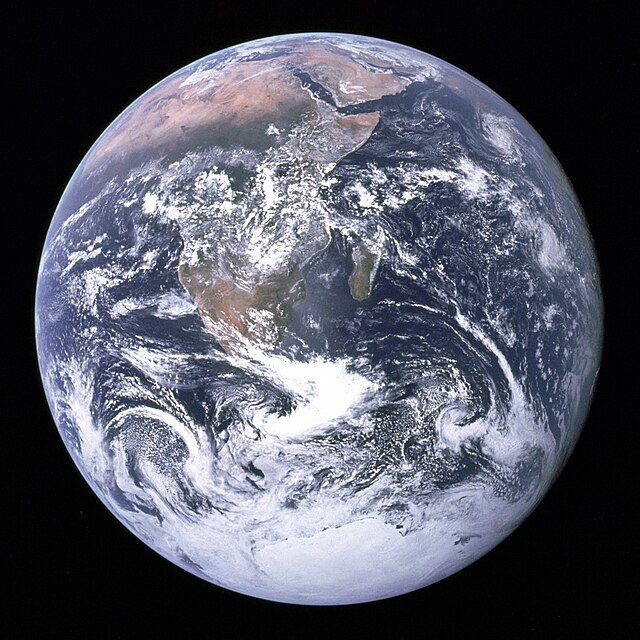This “baby planet” is about 5 million years old and is actively accumulating material from its surrounding disk, which allows scientists to see the very process of planet formation in action.
From Trump’s bold warning to Nigeria, to Canada’s pivot toward new trade partners, and a groundbreaking planetary discovery by NASA, here’s what you need to know.
By Gina Hill | Alaska Headline Living | November 205
🔥 Trump Issues Stark Warning to Nigeria Over Violence

Former President Donald Trump has issued a rare and unusually sharp warning to Nigeria, threatening to cut all U.S. aid and even hinting at possible military action if attacks on Christian communities continue.
The White House said Trump instructed the Pentagon to prepare for “fast” military action if Nigeria failed to curb the killing of Christians. Reuters also reported Trump’s social‑media post stating the U.S. may go into the country “guns‑a‑blazing” if conditions did not improve.
Analysts say the sharp rhetoric could complicate U.S.–Nigeria relations and raise serious questions about humanitarian and religious protections. While the immediate consequences remain unclear, the bold language signals a willingness to escalate U.S. involvement, at least diplomatically.
🌎 Canada Shifts Trade Focus Away From the U.S.

In a major diplomatic pivot, Canadian Prime Minister Mark Carney announced that Canada is moving quickly to diversify its trade partnerships, signaling a gradual shift away from historic dependence on the U.S.
Carney highlighted recent progress in strengthening ties with India, describing it as a strategic move to broaden Canada’s economic footprint and reduce over‑reliance on a single partner.
For businesses and policymakers, this marks a potential re‑balancing of North American trade dynamics. New partnerships could lead to shifts in supply chains, investments, and cross‑border cooperation, potentially reshaping Canada’s economic future.
For full coverage: Carney says Canada making ‘progress’ in rebuilding ties with India, moving fast to reduce US dependence
🌌 NASA Captures First “Baby” Planet Growing in Its Star’s Ring

NASA has announced a groundbreaking discovery: the first‑ever direct observation of a young gas‑giant exoplanet forming inside a ring‑shaped disk around its star, potentially giving scientists a glimpse into how moons and planets like those in our Solar System form.
The discovery involves James Webb Space Telescope (JWST), which detected a rich disk of gas and dust surrounding the planet CT Cha b, located about 625 light‑years from Earth. Scientists interpret it as a moon‑forming circumplanetary disk.
Chemical analysis reveals the presence of compounds such as hydrogen cyanide, acetylene, ethane, carbon dioxide and benzene, hinting at complex chemistry and active planet and moon formation.
“Webb’s powerful infrared instruments provide detail we’ve never been able to see before, which will help us to understand some of the most active star‑and planet‑formation regions in our galaxy.”
“What appears to be the raw moon‑building material around CT Cha b gives us a glimpse into a system in its youth , a system where moons may be taking shape even now.”
This discovery offers astronomers unprecedented insight into the earliest stages of planetary system development, helping scientists understand how our own Solar System may have formed billions of years ago.
For full coverage: NASA: Baby Planet Photographed in a Ring Around a Star






